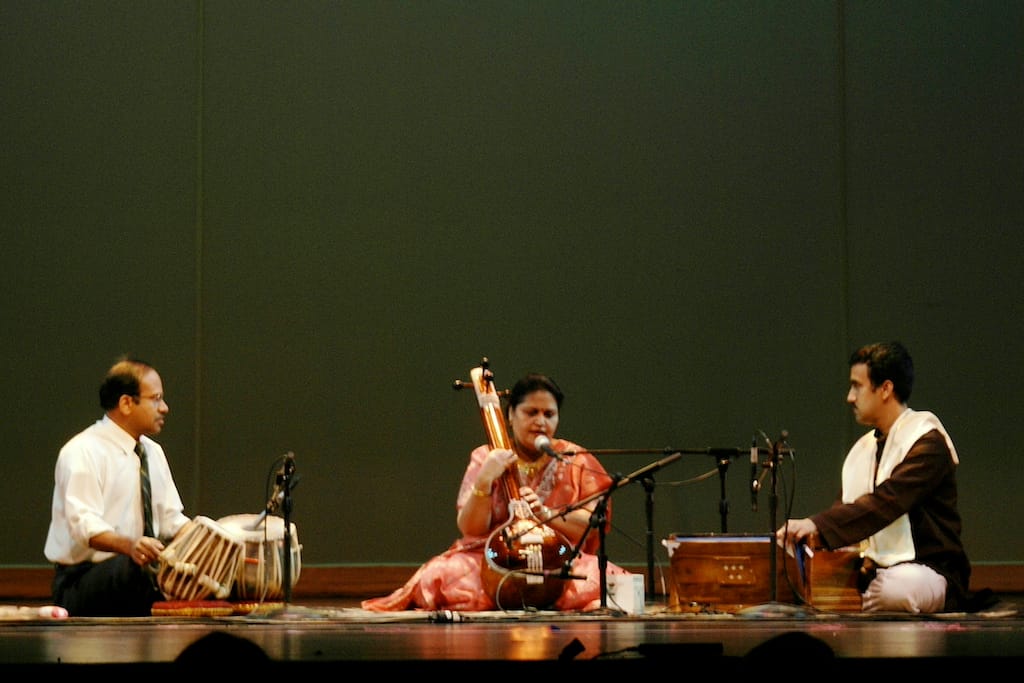What is Thumri in Hindustani Music?

Thumri, a quintessential genre of Indian music, beckons listeners into a realm where poetry, melody, and emotion intertwine to create a captivating tapestry of sound. Derived from the Hindi verb “thumuknaa,” meaning “to walk with a dancing gait,” thumri embodies a unique vocal style that resonates with the rich cultural heritage of India. In this exploration, we delve deep into the origins, structure, and significance of thumri, tracing its evolution from ancient roots to contemporary expressions.
Origins and Evolution
The origins of thumri, though shrouded in the mists of time, can be traced back to the vibrant cultural landscape of medieval India. While historical references to thumri are scarce until the 15th century, its definitive emergence occurred in the 19th century, particularly in the cultural hubs of Lucknow and Varanasi. Initially intertwined with classical dance forms like Kathak, thumri gradually evolved into distinct styles, with Lucknow nurturing the bandish ki thumri and Varanasi fostering the slower-paced bol-banav variant.
Structural Elegance: Anatomy of Thumri
Thumri, characterized by its sensuality and emotive depth, follows a structured yet flexible framework that allows for artistic improvisation. Comprising two main segments, the sthayi and antara, thumri weaves a rhythmic tapestry with talas such as Deepchandi, Roopak, Addha, and Punjabi. The melodic canvas is painted with ragas like Kafi, Khamaj, Jogiya, Bhairavi, Pilu, and Pahadi, offering performers a palette of tonal hues to explore.
Thumri and Khayal: A Comparative Analysis
In contrast to the expansive unfolding of ragas in khayal, thumri delves into the nuances of shringar, or romantic love, blending melody and lyrics to evoke sentiments of love and devotion. While khayal aims for grandeur and complexity, thumri embodies a more intimate, emotionally charged expression, demanding a delicate yet soulful rendition from the performer. This comparative analysis sheds light on the unique characteristics and stylistic nuances of both genres, offering insights into their respective roles within the Indian classical music tradition.
Notable Exponents and Legacy
The legacy of thumri is enriched by the contributions of legendary artists who have breathed life into its melodic tapestry. From the purab ang tradition of the Benaras gharana to the eclectic interpretations of modern-day singers, thumri has found resonance across generations. Renowned exponents such as Rasoolan Bai, Siddheshwari Devi, Girija Devi, and Chhannulal Mishra have left an indelible mark on the genre, infusing it with their unique stylistic nuances and emotive depth.
Contemporary Expressions and Cultural Significance
In contemporary contexts, thumri continues to captivate audiences with its lyrical depth and emotive resonance. Beyond its traditional roots, thumri finds expression in diverse musical settings, from classical concerts to fusion collaborations. Its timeless themes of love, longing, and devotion resonate across cultural boundaries, serving as a testament to the enduring legacy of India’s musical traditions.





